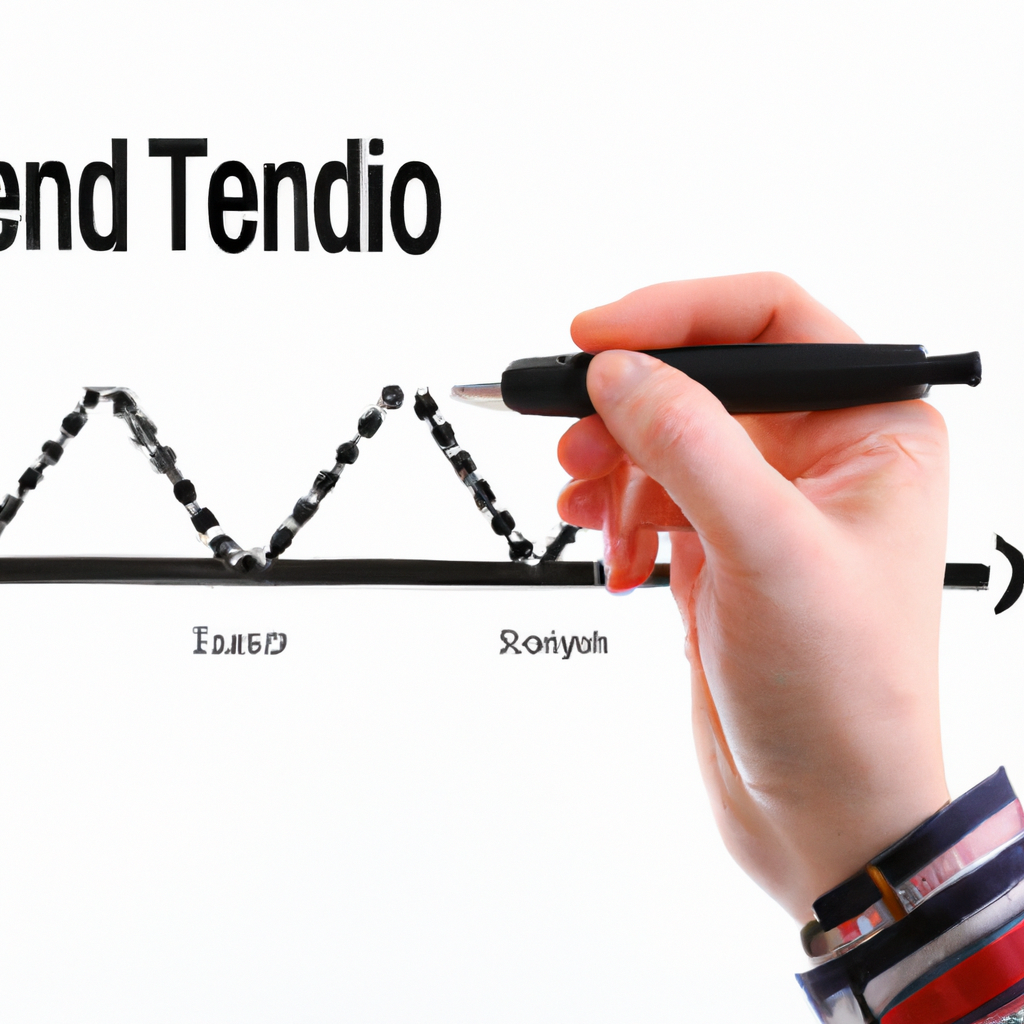Trend Line Identification Techniques
Introduction
Trend lines are a valuable tool in technical analysis that help traders and investors identify the direction and strength of a market trend. By drawing a line connecting a series of highs or lows, trend lines provide a visual representation of the market’s momentum. In this article, we will explore various techniques for identifying and drawing trend lines effectively.
1. Simple Trend Line
The simplest and most commonly used method for drawing a trend line is by connecting a series of consecutive lows or highs. To draw an uptrend line, connect at least two higher lows, and for a downtrend line, connect two lower highs. This technique allows traders to visualize the overall direction of the market.
2. Trend Line with Multiple Touch Points
A more robust approach involves identifying trend lines with multiple touch points. These are trend lines that connect three or more highs or lows, indicating a stronger trend. The more touch points a trend line has, the more significant it becomes. Traders often consider these lines to be more reliable indicators of future price movements.
3. Channel Trend Lines
Channel trend lines are formed by drawing two parallel lines that connect the highs and lows of a trend. These lines create a channel within which the price tends to move. The upper line represents resistance, while the lower line acts as support. Channel trend lines are useful for identifying potential entry and exit points when trading within a range-bound market.
4. Logarithmic Trend Lines
In some cases, using a logarithmic scale can be more appropriate when identifying trend lines. Logarithmic trend lines are useful when analyzing assets that have experienced exponential growth or decline over a long period. By accounting for percentage changes rather than absolute values, logarithmic trend lines can provide a better fit for such assets.
5. Trend Line Confirmation
It is crucial to confirm the validity of trend lines before relying on them for trading decisions. One way to confirm a trend line is by observing price action near the line. If the price consistently respects the trend line by bouncing off it or finding support or resistance, it adds credibility to the line. Additionally, volume analysis and other technical indicators can be used to confirm the trend line’s accuracy.
Conclusion
Trend lines are powerful tools that assist traders in identifying market trends and making informed trading decisions. By understanding different techniques for trend line identification, traders can gain valuable insights into market direction and potential price movements. Whether using simple trend lines or more advanced methods such as channel lines or logarithmic scales, trend line analysis can significantly enhance a trader’s technical analysis toolkit. However, it is essential to remember that no single tool or technique guarantees accurate predictions, and trend lines should always be used in conjunction with other indicators and analysis methods.

